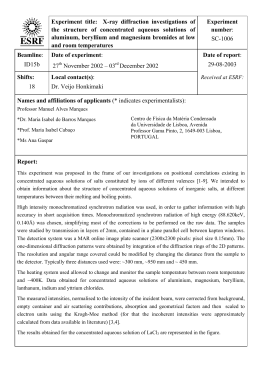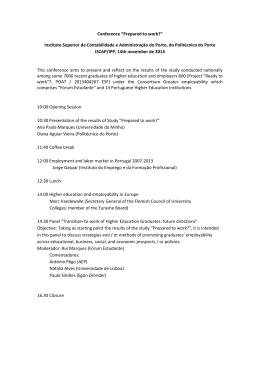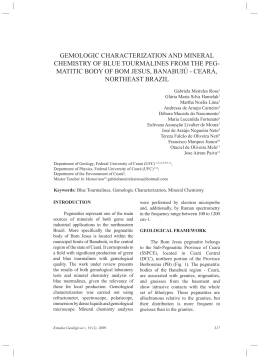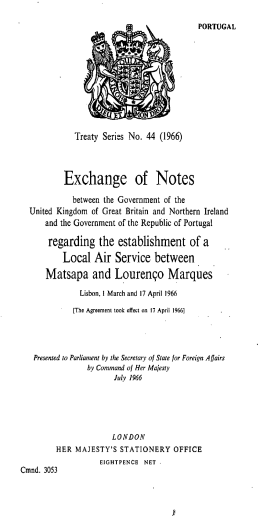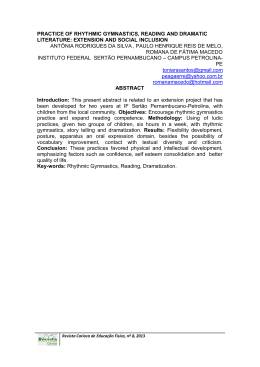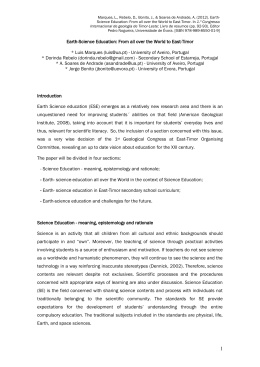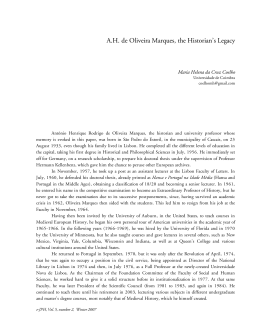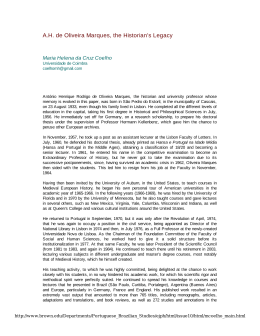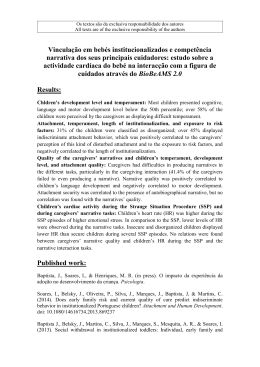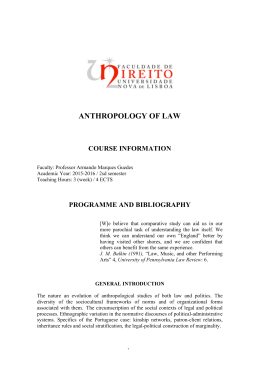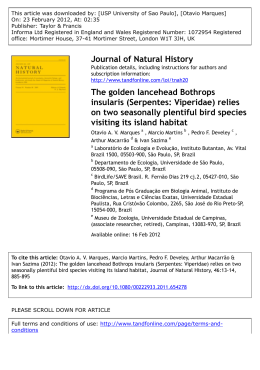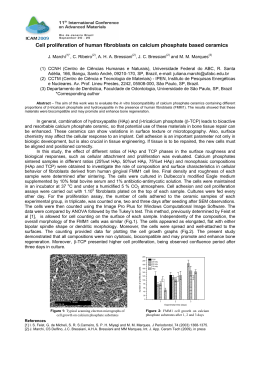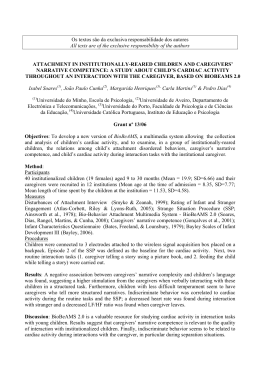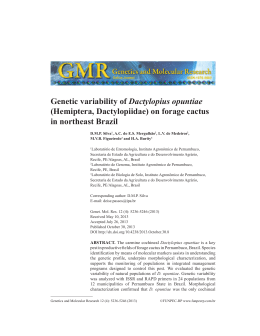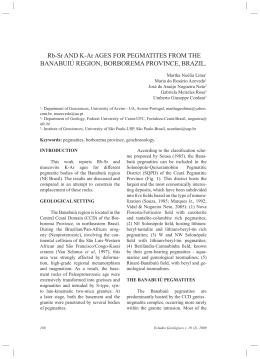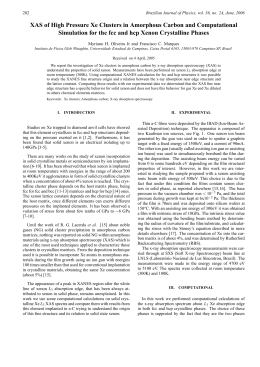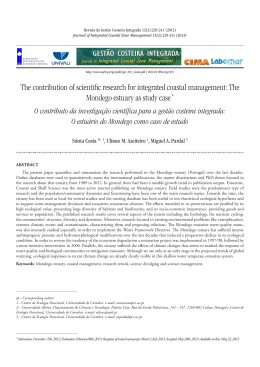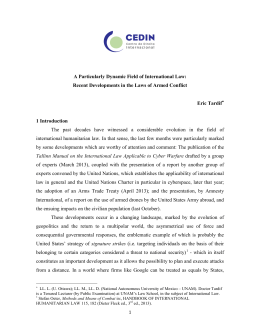UWP: Luso-Brazilian Review Books Reviewed page213 213 1850. The music created in Latin America has remained in archives and libraries, unstudied, unpublished, and unperformed until quite recently, with printed editions and recordings of this music beginning to appear. Music in Ibero-America to 1850 is an impressive marshaling of information in the grand tradition of positivistic musicology, a volume with the same sort of encyclopedic intent as, for example, Music in the Renaissance by Gustave Reese, something that has been out of fashion for some years with musicologists, as they have turned their attention to “new” musicology—applying models from literary theory, feminist theory, queer theory, and have turned away from documents and sources. Mendoza de Arce commands an extensive bibliography, predominantly in Spanish and Portuguese, with no obvious gaps. His presentation of the material is packed with information, so much so that the prose perhaps serves better as reference than as narrative. The author divides the volume first chronologically (1492–1700; 1700–1800; 1800–1850), next by type of music (sacred, secular, public music, chamber music, etc.) and finally geographically (note to Brazilianists: Brazil comes last, but not least, and the author clearly notes when Brazilian musical history differs from more general practice, and why). This being the case, it might have been more effective to have presented the text visually with the sort of headings that stand behind it conceptually, to make explicit what is implicit in the structure, so that the user could more quickly access the information desired. The author, though long resident in the United States, is not a native speaker of English, and this is evident on many occasions in his prose. This is a problem that could have been rectified easily by a diligent copy-editor but, unfortunately, it was not, so there are patent errors of vocabulary stemming from Spanish (e.g., grade, rather in degree in describing the steps of a musical scale) as well as subtler infelicities of style. Scarecrow ought to have corrected these before giving this important work to the public. Another minor desideratum is a discography of the music discussed. Nevertheless, Mendoza de Arce has made an important contribution in presenting in English so much information that was hitherto inaccessible to those who do not read Spanish and Portuguese, and indeed this book is indispensable for those interested in the musical history of the Western hemisphere. The history and culture of Latin America is of increasing interest in the US. Literary scholars know the wealth and richness of this culture. It is important to realize that there are musical riches here as well, which are only beginning to be explored. Tom Moore The College of New Jersey Marques, Ana Claudia. Intrigas e questões: Vingança de família e tramas sociais no sertão de Pernambuco. Coleção Antropologia da Política. Rio de Janeiro: Relume Dumará, 2002. 352 pp. The publication, in 1949, of Luís Aguiar da Costa Pinto’s Lutas de Família no Brasil (Era Colonial) inspired few scholars to follow in the footsteps of this much one line long UWP: Luso-Brazilian Review 214 page214 Luso-Brazilian Review 41:1 acclaimed and pioneering effort to scrutinize patterns of internecine family warfare, the lutas, or “brigas de família” that historically characterized Brazil’s longterm evolution, even though today they continue to persist as a salient feature of local conflict in regions such as the Northeast. Now Costa Pinto’s classic work, which applied concepts derived from political sociology to the historical evolution of family warfare, has received reappraisal as well as scholarly affirmation of the relevance of such collective violence. Using the ideal venue of the Pernambuco backlands, or sertão, anthropologist Ana Claudia Marques has cast her focus on the final decades of the twentieth century in order to produce a wonderfully insightful analysis of both vendettas and feuds, studied in terms of three adjacent municípios in the Pajeú Valley—the same zone that produced Brazil’s two most celebrated cangaceiros: Antônio Silvino (1898 –1914) and Lampião (1922–1938). Drawing on her study of Lampião, a 1995 Master’s thesis, the author undertook seven months of intensive work with oral informants who resided, alternatively, in a fertile, upland (brejo) município where sugar and foodcrops predominated, or in two neighboring municípios that typified the pastoral economy of the arid sertão. She supplemented fieldwork with research in local judicial archives, unearthing a number of the indictments that provided parallel, written texts for informants’ oral testimony recounting dramatic episodes of personal and family violence. These sources, as well as her sophisticated analytical approach, make this book extremely valuable for a scholarly literature whose paucity is explained by the great methodological difficulties any single researcher confronts. Marques’s analytical dissection of the meaning of vendettas and “feuds” for both the direct participants and those in the local population who stand, at any given moment, to be drawn into such conflicts, is simply superb. What is a preeminently anthropological study appropriately distinguishes meaning in terms of the author’s informants and her own perspectives. Building on the firm theoretical foundation of kinship analysis, Marques identifies the segmentary nature of what more broadly is a cognatic, or bilateral, organization of kinship, as the template for conveying both the meaning of family warfare and, to a large extent, its cause. Yet her own ethnographic elaboration of such segmentation, emphasizing the primordial meanings inherent in family and place, adds a great deal that is new for our understanding of the dynamics of individual and family-based conflicts, locally construed as “questões” and “intrigas.” This is a researcher who, as an outsider, paid enormous attention to the speech of her informants, correctly concluding that how they employed language held the key for unlocking the meaning of violence in family contexts. Local linguistic usage, consequently, offered not merely definitions but also the concepts and gradations of meaning in the intrigas and questões that frame her analysis. Marques’s consummate handling of language (e.g., the otherwise misapprehended “cognates” in standard Portuguese, such as sangue, raça, fama, etc.) draws the reader more deeply into an utterly foreign world of potentially homicidal affronts and responses, local behavioral codes, and, above all, agreements that as “acordos” may even find their way into police affidavits or judicial testimony as UWP: Luso-Brazilian Review Books Reviewed page215 215 mechanisms for imposing truces. Finally, Marques rightly centers what others, scholars and journalists, have dismissed or derided as the sertanejo “obsession” with genealogical declension, identifying it instead as the taproot from which affiliation and identity, as well as the meaning of violent individual and collective behavior, spring. A historian must ask if a longitudinal view would not capture more of the reality of what the author must necessarily confine, relatively speaking, to a late twentieth-century focus. Marques’s admirable precision leads her to qualify her use of “feud” in terms of Brazilian experience. She argues that family brigas fail to reveal the “infinity” of duration archetypically demonstrated by feuds, nor do brigas collectively mobilize according to the same theoretical formula. Prompted to dismiss the century-long war between Pernambuco’s Pereiras and Carvalhos after failing to uncover evidence that it endured into the 1990s, Marques must diverge from her informants’ credo that intrigas are never ending. Yet PereiraCarvalho warfare stands as an impressive example of how a single family briga can acquire long-term momentum and geographical radiation, tempting one to ask if a longitudinal perspective on feuding cannot offer greater insight into how closure can be achieved—or explicate the meaning of latency—than Marques suggests. Otherwise, historians will be intrigued by the contrasting conclusions Marques draws between her brejo case and those situated in the sertão, the book’s most striking differentiation. Why do sertanejos have larger families and place greater value on genealogy, characteristics Marques finds predisposes them to higher rates of intrigas than their brejo neighbors? Beyond important variations in how segmentary kinship is articulated, should not economic and social change over the long run be made central to such differentiation? Historically, some brejo centers (e.g., nearby Teixeira, in Paraíba) occupied an axis of family warfare reaching to the “sertão of Pajeú” and denoting major “redoubts of bandits,” enhanced by poetic projection of illustrious genealogies. So what changed the features of brejeiro family organization to differentiate it from the surrounding sertão of Pajeú? A historian’s concerns nevertheless lie beyond what any single anthropologist can be expected to do. What Marques has done brilliantly is to reopen a rich and exceedingly relevant set of questions addressed by Costa Pinto and to contest and surpass his answers. Every historian of Brazil, not to mention social scientist, should read this book in order to discard erroneous stereotypes about warlike “clans” and the “fossilized” culture of the Northeast’s interior. Then as scholars we can get down to what is, in effect, a very complex social reality, one whose sophisticated oral expression continues to stamp the interior of the Northeast as a culturally rich field for inquiry. Unfortunately, it is a part of the country that too frequently is written off by those who ought to know better. Marques’s book now makes it harder to do so. Linda Lewin University of California, Berkeley
Download
